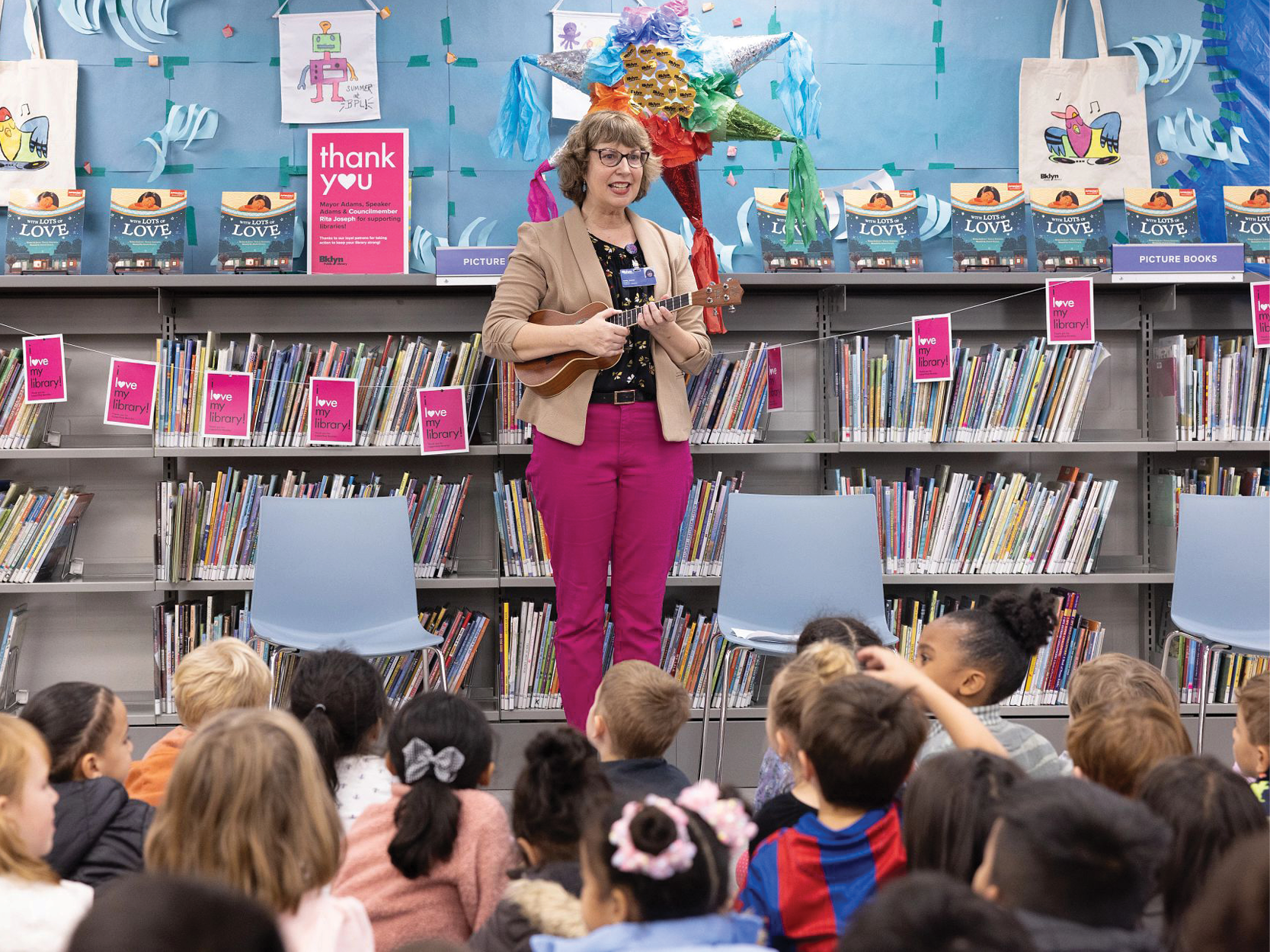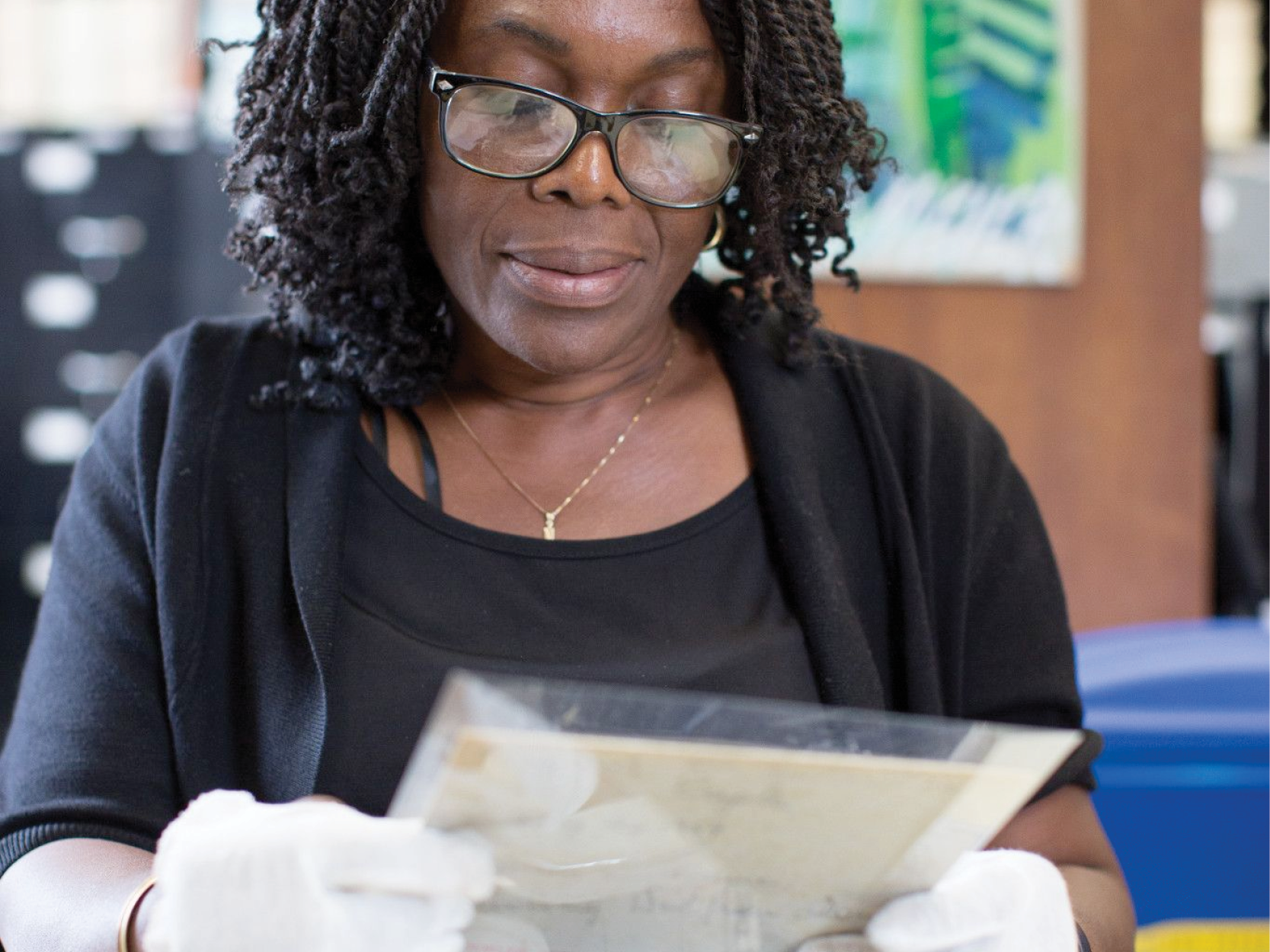 As I flipped through cookbooks for Thanksgiving prep, I encountered one that shifted my perception on our world and its history: The Sioux Chef’s Indigenous Kitchen by Sean Sherman and Beth Dooley. Sherman is an Ogalala Lakota Sioux and James Beard Award-winning chef who runs Owamni, a highly esteemed Indigenous restaurant based in Minneapolis. His cookbook only uses ingredients native to the Americas, with a heavy emphasis on North American ingredients, such as trout, cranberries, duck, juniper, maple, wild rice and the three sisters. Notably, it does not use any European staples such as dairy, pork, or wheat flour.
As I flipped through cookbooks for Thanksgiving prep, I encountered one that shifted my perception on our world and its history: The Sioux Chef’s Indigenous Kitchen by Sean Sherman and Beth Dooley. Sherman is an Ogalala Lakota Sioux and James Beard Award-winning chef who runs Owamni, a highly esteemed Indigenous restaurant based in Minneapolis. His cookbook only uses ingredients native to the Americas, with a heavy emphasis on North American ingredients, such as trout, cranberries, duck, juniper, maple, wild rice and the three sisters. Notably, it does not use any European staples such as dairy, pork, or wheat flour.
Reading Sherman’s philosophy made me reflect on the history of food in the United States, particularly the Thanksgiving meal, an American tradition that sometimes borders on a celebration of coloniality. The quaint Mayflower narrative of comradery is a massive erasure of the story for many Indigenous tribes that played out over the course of American history: white European settlers unjustly claiming land, pushing tribes out of their own homes, ripping families apart and systematically destroying their cultures and communities.
That’s why I was surprised when I reflected on the gastronomic contents of the Thanksgiving holiday after reading The Sioux Chef's Indigenous Kitchen. While I expected a similar bulldozing tradition of the national narrative, I discovered that the mainstays of the Thanksgiving table (turkey, potatoes, cranberry sauce, green beans, pumpkin pie) are ingredients and crops that originated in the Americas, making them a strong jumping-off point to explore overlooked histories.
TURKEY
The domesticated bird originated in Mexico; they are frequently depicted in Nahuatl codices, turkey bones are found buried in important Mesoamerican graves, and clearly played an important role in these societies. Likely referring to turkeys, Hernan Cortes wrote that the native population in Mexico “roast many chickens… which are as large as peacocks.” The Spanish conquistadores enjoyed the turkey fare so much they brought it back with them to Europe and it became popular among aristocrats. Eventually, the English would bring some turkeys with them when they arrived in North America—it seems the turkey made quite the roundabout and imperialist-riddled trek to our Thanksgiving table.
POTATOES
Although it's hard to imagine British cuisine without potatoes (think fish and chips, shepherd’s pie, bangers and mash), everyone's favorite mashed side dish actually originated in the Western hemisphere. This all makes sense once you learn that Peru has the most varieties of potatoes in the world at a whopping 3,500 different iterations; a vast treasure trove that far exceeds the imaginations of your typical grocery store Yukon Gold. Even the word “potato” itself comes from a combination of two Indigenous words: the Taino word batata, and the Quechua word papa (the latter of which is the word used for potato in Spanish to this day).
CRANBERRIES
Cranberry sauce is up next! Despite the European Union being one of the largest markets for cranberry exports, and despite the famous Irish ‘90s rock group named for the fruit, cranberries are native to the northeastern United States. The Wampanoag people ate them fresh, dried, and used them for dye and in certain healing rituals and ceremonies. Interestingly (but not surprisingly) enough, when you look at many histories of the cranberry on the internet, timelines mainly highlight 1816 as the beginning: when European settlers (specifically a Revolutionary War vet named Captain Henry Hall) began cultivating it in Massachusetts, ignoring the fact that the crop had been cultivated and harvested by Indigenous populations for years and years.
SWEET POTATOES
Sweet potatoes are another starchy Thanksgiving favorite. Contrary to their name, they are only distantly related to the standard potato. But like their cousin-twice-removed, so to speak, they also originated in Central and South America. Before being popularized in Europe, they made it to Polynesia, the Philippines, Japan and Korea, and are often confused with a non-relative: yams. Yams are closely related to lilies and grasses (unlike sweet potatoes which are in the morning glory family) and have their own roots in a whole different area: Africa and Asia. This brings in another important element of the United States’s violent and oppressive history: the slave trade. Many Thanksgiving celebrations include candied yams, which originally came to this continent mainly via slave ships.
GREEN BEANS
Like other foods on this list, green beans originated in the Andes and were brought back to the Mediterranean in 1492, where they quickly took off and took over the world. Now we see them in culinary traditions from Asia to North America to Europe and beyond. Though not a Thanksgiving tradition, I recently had a pickled version in a martini at 169 Bar on the Lower East Side—they’re everywhere! They are included in the three sisters (corn, squash, and climbing beans), a grouping of staple foods and the main agricultural crops for many Indigenous tribes of North America. The idea of the three sisters references an agricultural phenomenon of “companion planting” that many native populations used to cultivate these crops and is focused on sustainability. A technique of harmony and altruistic collaboration between three plants: the bean plants climb up the corn stalks and in turn provide needed nitrogen in the soil, and the squash leaves provide shade and protection from predators for the other plants.
PUMPKINS
Pumpkin pie is my favorite and final act of the third-Thursday-in-November feast. The oldest pumpkin seeds ever discovered by archeologists were found in Mexico, and consequently have their origins in North America. They were a staple food for many Indigenous groups since, as a squash plant, they are another member of the three sisters grouping.
Thinking about the histories of all these different dishes and ingredients reframes the way I think about our cultures and traditions in the United States, especially as a white person. Food is something so tied to family, history, culture and heritage. Cooking and sharing a meal is so incredibly intimate, and we develop deep connections to the different foods we eat throughout our lives. This is why I was so enthralled by The Sioux Chef’s Indigenous Kitchen—exploring the true roots, origins and journeys of these ingredients is a reminder of the complicated histories that are often left out of our national conversation. I also want to stress that this is only a starting point. Luckily, Brooklyn Public Library has a great set of booklists for Native American Heritage Month to help everyone learn more about this country and celebrate native cultures.
This blog post reflects the opinions of the author and does not necessarily represent the views of Brooklyn Public Library.
Thank you so much for this
What an interesting and
Post a Comment
While BPL encourages an open forum, posts and comments are moderated by library staff. BPL reserves the right, within its sole discretion, not to post and to remove submissions or comments that are unlawful or violate this policy. While comments will not be edited by BPL personnel, a comment may be deleted if it violates our comment policy.
eNews Signup
Get the latest updates from BPL and be the first to know about new programs, author talks, exciting events and opportunities to support your local library.







